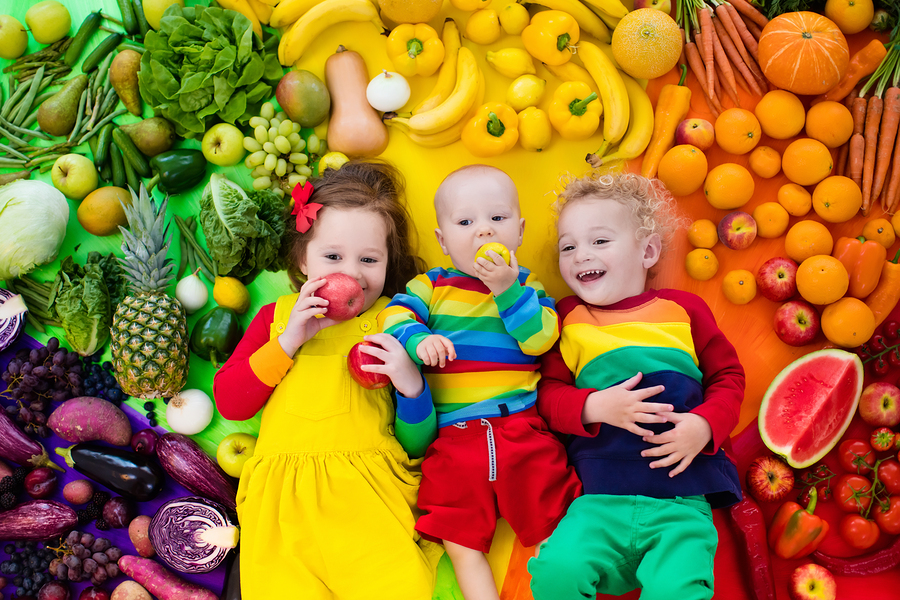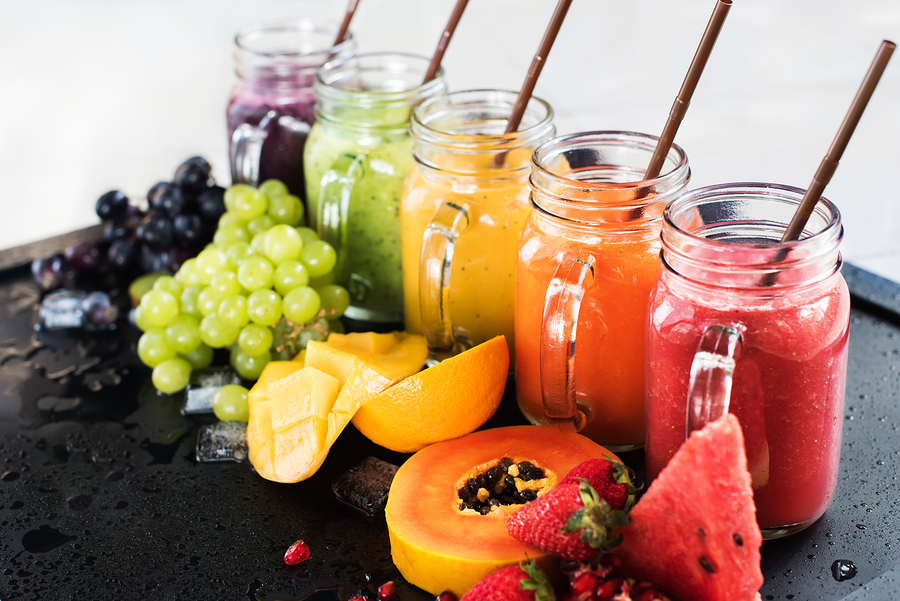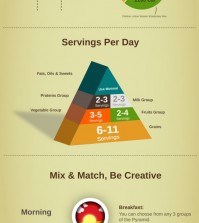- Make It Yourself Lavender Heart-Shaped Bath Bombs!
- 20 Things You Never Knew About “Down There”
- 12 Best Foods For Those Suffering From Arthritis Pain
- 12 Personal Hygiene Mistakes Almost Everyone Makes (Mom Never Told You About #4!)
- 15 Medicinal Plants And Herbs From The Cherokee People
- 12 Mind-Blowing Benefits Of Drinking Coconut Water During Pregnancy
- 12 Outstanding Winter Foods That Won’t Fatten You Up Like A Christmas Turkey
What Is The Rainbow Diet? How Does It Work?
There are many trendy diets out there. From the Paleo diet and the Mediterranean diet, to veganism and more. But there’s a new diet out there you probably haven’t heard of yet which may be just as appealing to the eyes as it is good for your body.
The Rainbow Diet Explained
When you were a child, your parents probably told you to, “eat your greens” at one point or another. Well, the so-called rainbow diet is basically an expansion of that concept. It is based around the idea that foods of certain colors— fruits and vegetables, specifically— contain essential nutrients and should make up a regular part of our diet. But what are the specific benefits that these colorful foods contain? Are some colors better than others? Which fruits and vegetables are the best options? Let’s break them down by color and categories.
Green Foods
This is perhaps the most obvious. Everyone knows that green vegetables are good for them, but not many people really take the time to understand why. Green vegetables like spinach are packed full of vitamins like vitamins A, C, and K which boost the immune system, improve vision, and assist in the absorption of other vitamins. They are also a good source of digestive enzymes and antioxidant compounds which help combat the effects of free radicals in your body.
Some examples include: Spinach, kale, broccoli, lettuce, kiwi, asparagus, green peppers, and brussels sprouts.
RELATED: Top 5 Reasons To Munch More Green Vegetables (Not Only The Leafy Greens We Mean!)
Continue to Page 2
Red Foods
Red fruits like raspberries contain phytochemicals which give them their bright red color, but that is not the only purpose these compounds serve. These phytochemicals like anthocyanins and lycopene also offer many benefits to humans, such as healthier, clearer skin, a lower risk of heart disease, stroke, and certain types of cancer as well as antioxidant properties.
Some examples include: Pomegranates, raspberries, strawberries, tomatoes, watermelons, and red peppers.
Yellow and Orange Foods
Yellow and Orange fruits and vegetables offer their own nutritional goodies. This is due to the presence of carotenoids, the chemical compounds which give them their color. You’ve probably heard that eating carrots can help improve your vision in low light conditions. This is due to beta-carotene, a type of carotenoid. These compounds also contribute to a lower risk of developing cancer, healthier skin, and a stronger immune system.
Some examples include: Squash, mangos, carrots, sweet potatoes, oranges, lemons, peaches and yellow peppers.
RELATED: 13 Fact-Sounding Food Myths You May Still Believe In!
Continue to Page 3
Blue and Purple Foods
There are not that many naturally blue or purple foods, but the ones that do exist are generally very healthy. This is because of the antioxidant compounds which give them their deep purple or bluish hue. These compounds include anthocyanins (also found in red fruits and veggies) as well as resveratrol, which help fight inflammation, reduce the risk of cancer and neurodegenerative conditions like Alzheimer’s disease, fight oxidative stress, and lower your levels of low-density lipoprotein (LDL) cholesterol.
Some examples include: Blueberries, blackberries, plums and prunes, red cabbage, figs, certain varieties of grapes and raisins.
RELATED: 3 Delicious Recipes For Adding Beets To Your Diet Video
In addition to this, there are some other fruits and vegetables which may not be part of the rainbow, but still offer considerable health perks. White and white-ish foods like cauliflower, bananas, garlic, onions, and certain types of potatoes can offer many of the same benefits mentioned above.
In order to get the most value out of this colorful approach to nutrition, it is important to eat a variety of colors and not focus exclusively on just one. By all means— eat your greens, but be sure to fit some blues, yellows and reds in too.
References:



































